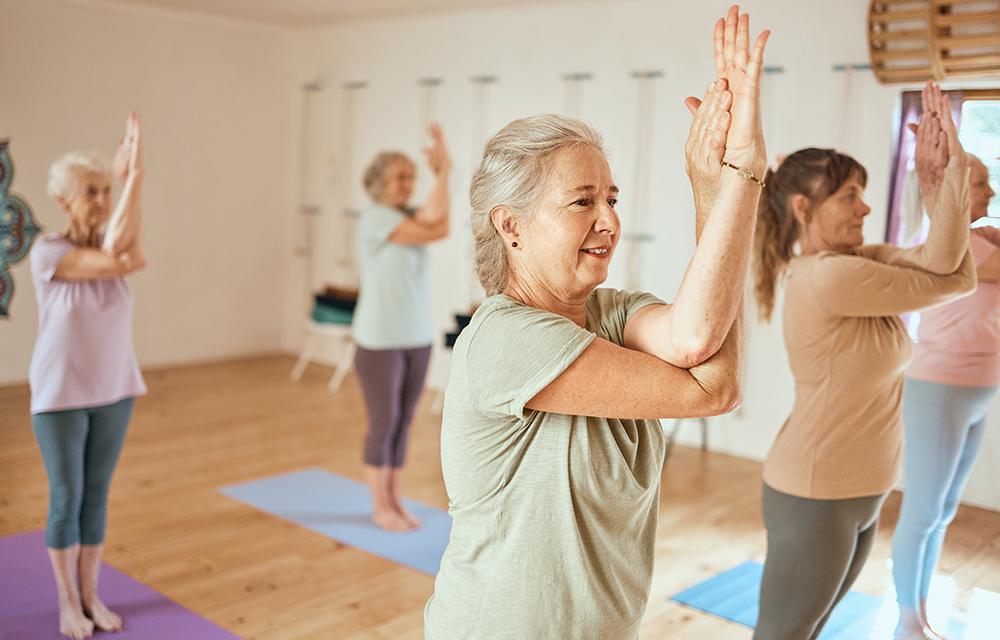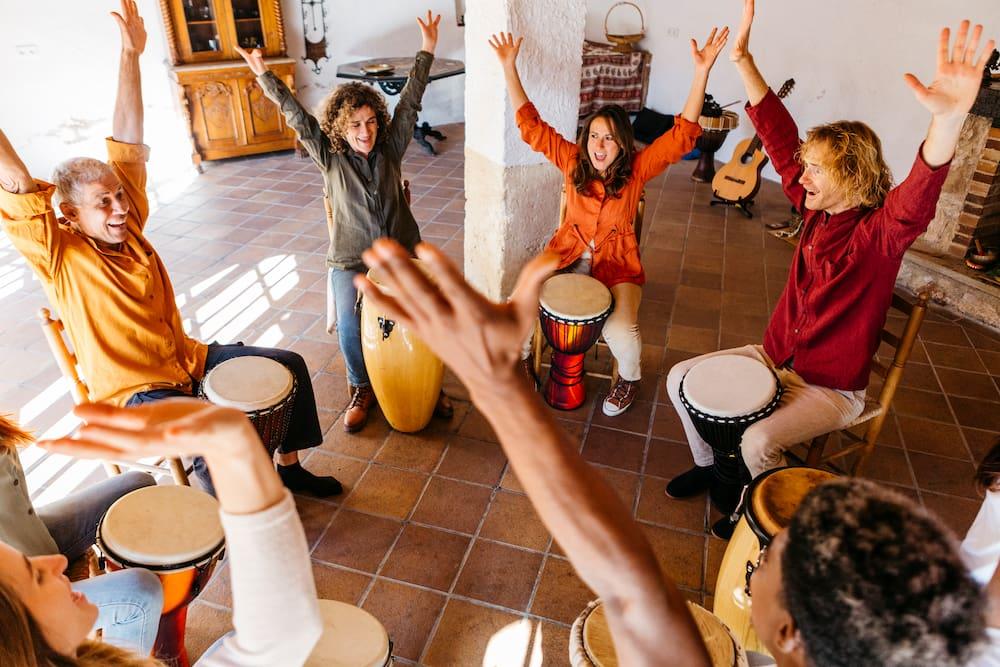
"Art should be integrated within all health care and community settings. It does its job simply, by holding a space and time for our shared experiences, but also provides openings to a "freedom of responsiveness" that helps us see life in new ways."
— Sarah Valeri, Licensed Creative Art Therapist (New York), adjunct faculty, School of Art + Design
